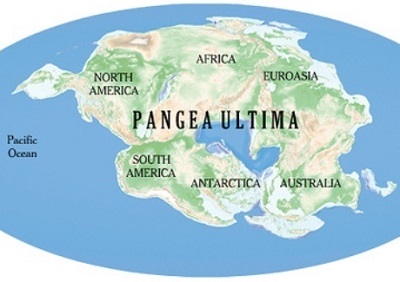
The most severe extinction of life on Earth, the ‘Great Dying’, may have been connected to geological processes that resulted in the formation of the Supercontinent, Pangea, according to a new study published in Science China Earth Sciences.
Roughly 252 million years ago, 70% of land species and 90% of ocean species were wiped off the planet and the study by professors at the China University of Geosciences argue that this destruction of biodiversity may have been a result of higher mountains and deeper oceans triggered by the formation of Pangea.
“Oxygen levels were low in the oceans, making it difficult for many animals to survive. Carbon dioxide and methane levels were unusually high, contributing to major warming of the planet,” Johnny Bontemps writing about the study for Phys.org.
“Acid rain fell, and made sea water so acidic that all coral reefs disappeared. The inland turned into an dry desert, hot and arid, and devastated by major wild fires.”
“The climate also varied between periods of sudden warming and cooling, making it impossible for many species to adjust.”
During the formation of Pangea, the shifting of tectonic plates may have sent cool material all the way to the Earth’s core, triggering the Illawarra magnetic reversal and ‘super-plume’ explosions on the surface:
“The accumulation of cool material near Earth’s core then could have led to the formation of a large mantle plume (by a process called thermo-convection), other researchers had suggested. That “super-plume” would eventually reach the Earth’s surface in two separate bursts—first with an eruption in China 260 million years ago, and then with the other in Russia 251 million years ago.”